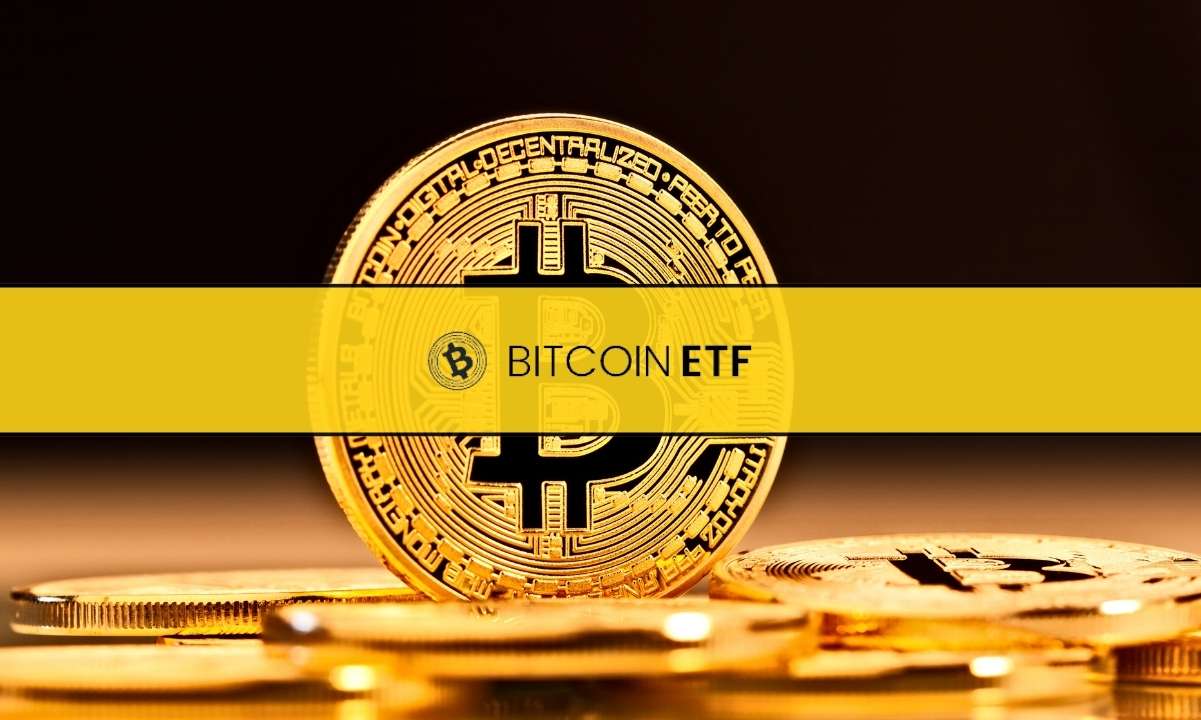US Lawmakers Pass E-Cash Bill That Replicates Physical Money, Leaving Aside the FED
A group of US lawmakers introduced this Monday the “E-CASH” Act, a bill directed to the US Treasury Department to encourage the entity to develop a digital version of the dollar.
E-Cash Is not CBDC, but a Complement to it
Democratic Representative Stephen Lynch is the principal sponsor of the ECASH Act, a legislative proposal passed to the House of Representatives.
As per the bill, the US Treasury Department was selected as the “most appropriate” government entity to develop the pilot program for the e-cash instead of the Federal Reserve — the US Central Bank — so it technically wouldn’t be a central bank digital currency (CBDC).
E-Cash is intended to complement and be developed in parallel to other forms of digital public finance, including CBDCs, FedAccounts, Postal Banking, and Public Banking.
In essence, E-cash would be a “bearer instrument” that replicates the same functionalities of the physical dollar to the largest extent possible.
According to Representant Stephen Lynch, the main idea of the E-cash system is to promote greater financial inclusion for low-income US citizens who can’t afford the minimum threshold to fund a bank account, besides maximizing consumer protection and data privacy.
E-Cash Wouldn’t Employ DLT
The proposal suggests settling a new way of transacting with digital dollars that would differ from CBDCs, which are based on digital ledger tools that record the transaction data from the sender and the receiver.
E-cash wouldn’t be built using Distributed Ledger Technology (DLT) such as blockchain. Instead, the digital dollar would operate under new hardware issued and managed by the US Treasury. The bill calls for the entity to design and experiment with “e-cash devices.” They can take the form of a secured chip on their cellphones or a new payment card that would allow users to send e-cash balances offline and anonymously.
Under this system, reads the bill, funds can be verified “via a dedicated or trusted computing environment located on the device itself.” Being a bearer instrument means that’s in contrast to account-based systems, so if someone loses the device in which their e-cash balance is held, they lose their funds as well, same as losing a wallet with money in it.
An E-Cash transaction works by transferring an e-cash balance, which is a unique digital representation of value issued and verified by the government, from one secure hardware device to another.
Pressure to Digitize the Dollar?
The development of the E-cash system might be propelled by the rapid growth of digital money globally. One of the examples of “E-cash devices” cited by the bill is a payments card issued by the Chinese government as part of the digital Yuan rollout, in which citizens can make offline payments.
In the light of the above, a few weeks ago, CryptoPotato reported that the digital Yuan could challenge the dominance of the US dollar internationally, as said by Richard Turrin — a Financial Technology Consultant at CNBC. He stated, “China is ahead in all financial technology by a decade.”
While China is openly hostile to crypto-assets and crypto-related companies, it has intensively worked on the development of its national CBDC. As CryptoPotato reported, the People’s Bank of China recently launched a pilot version of its digital yuan wallet application for iOS and Android users.









